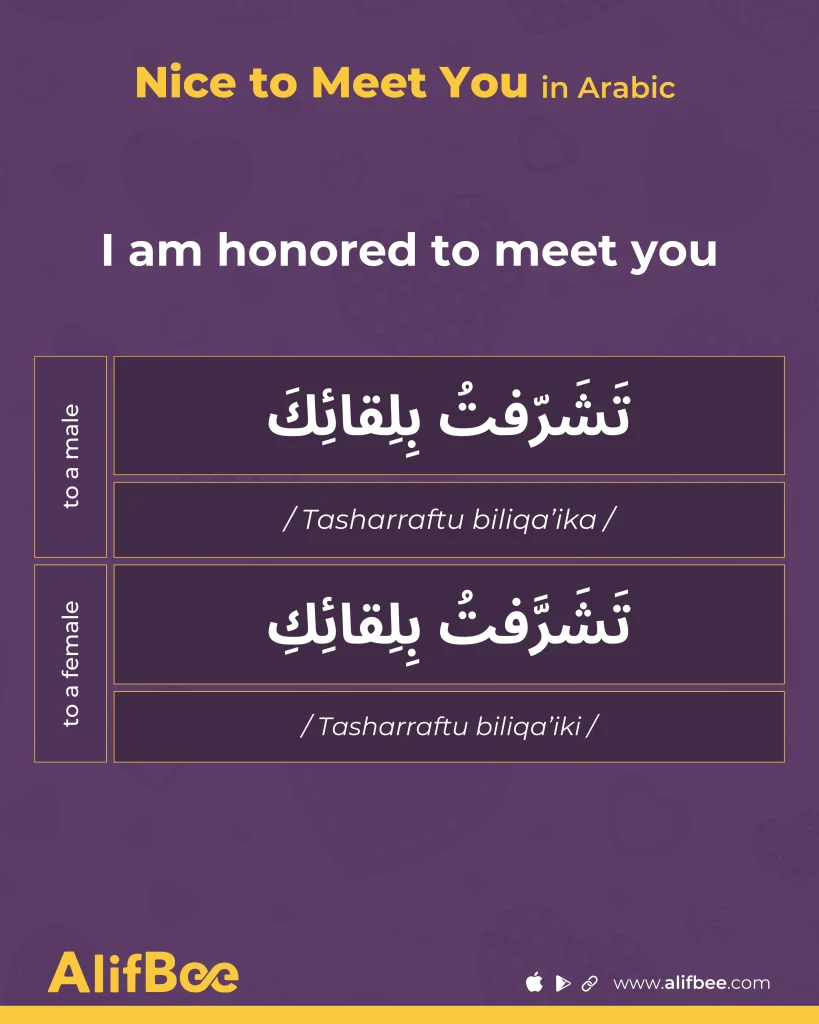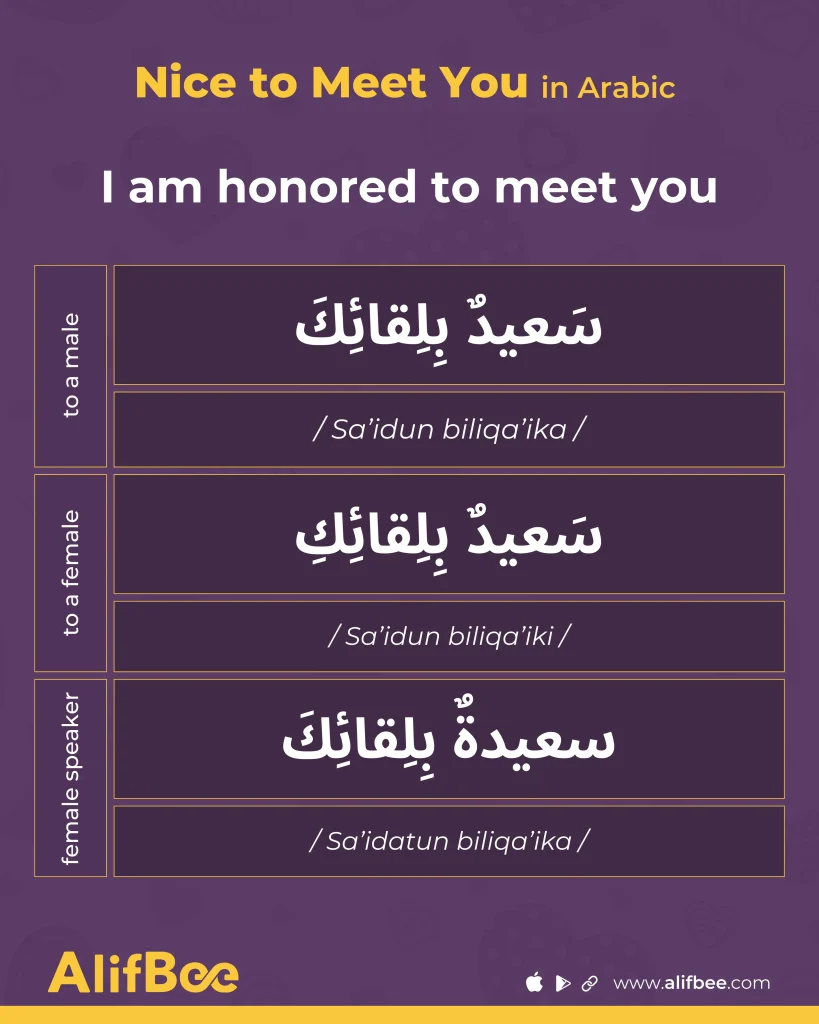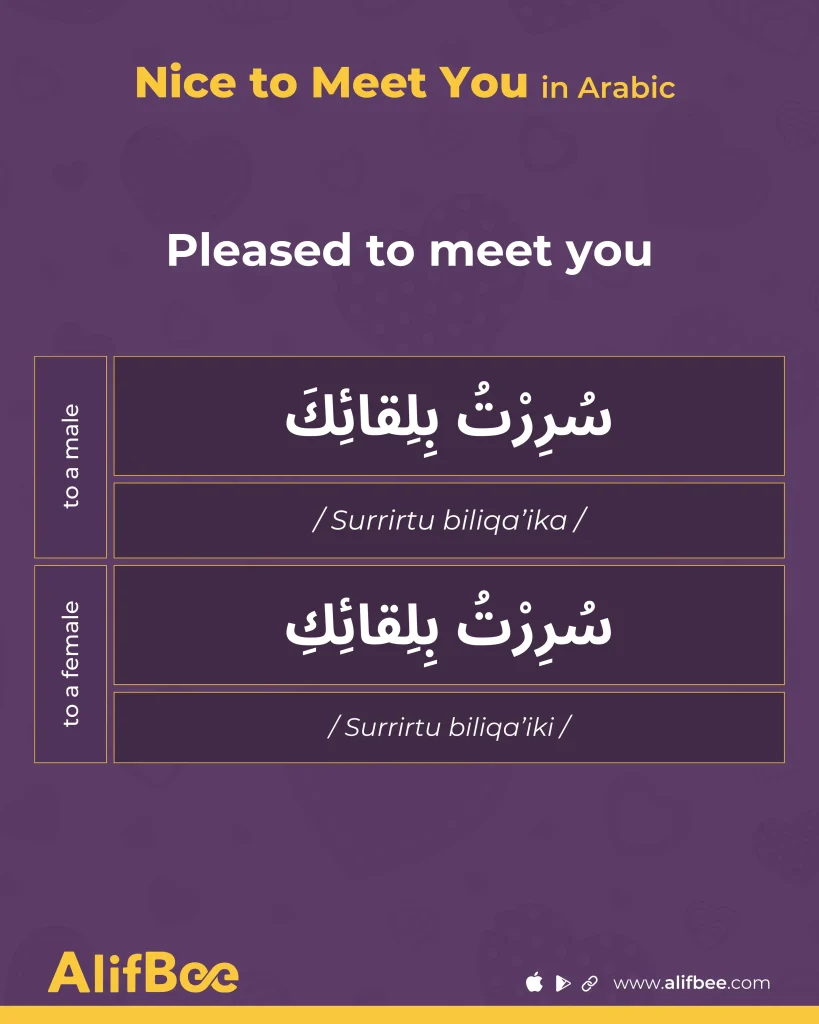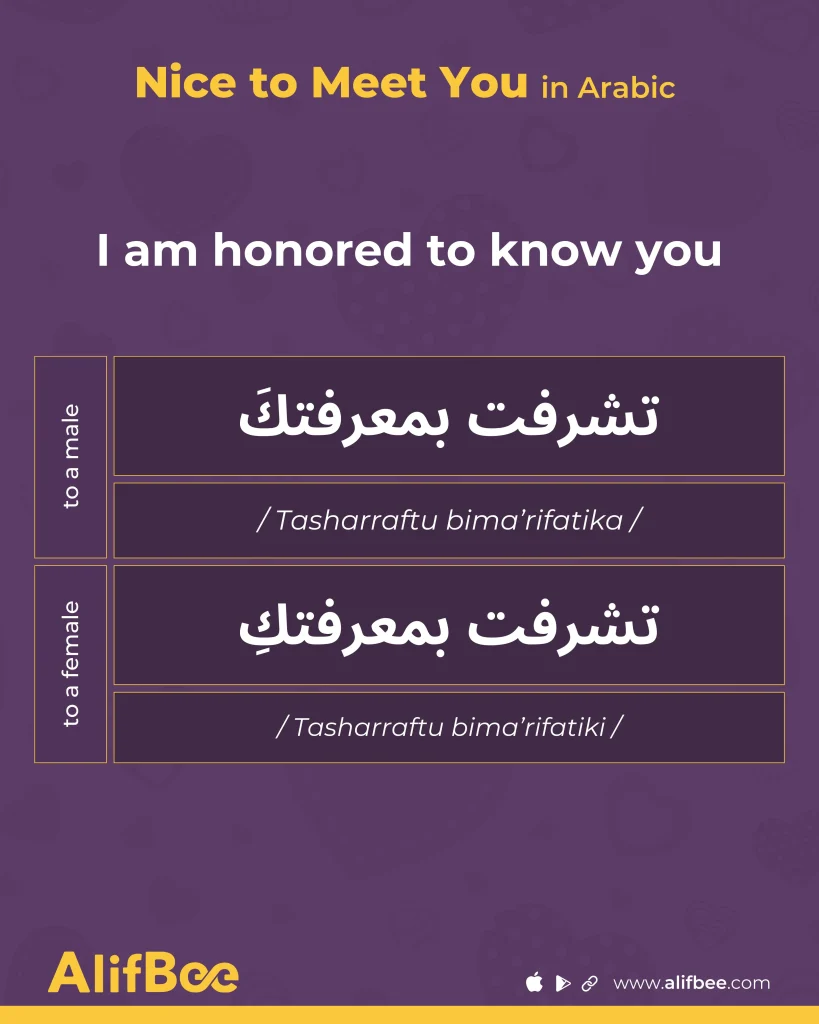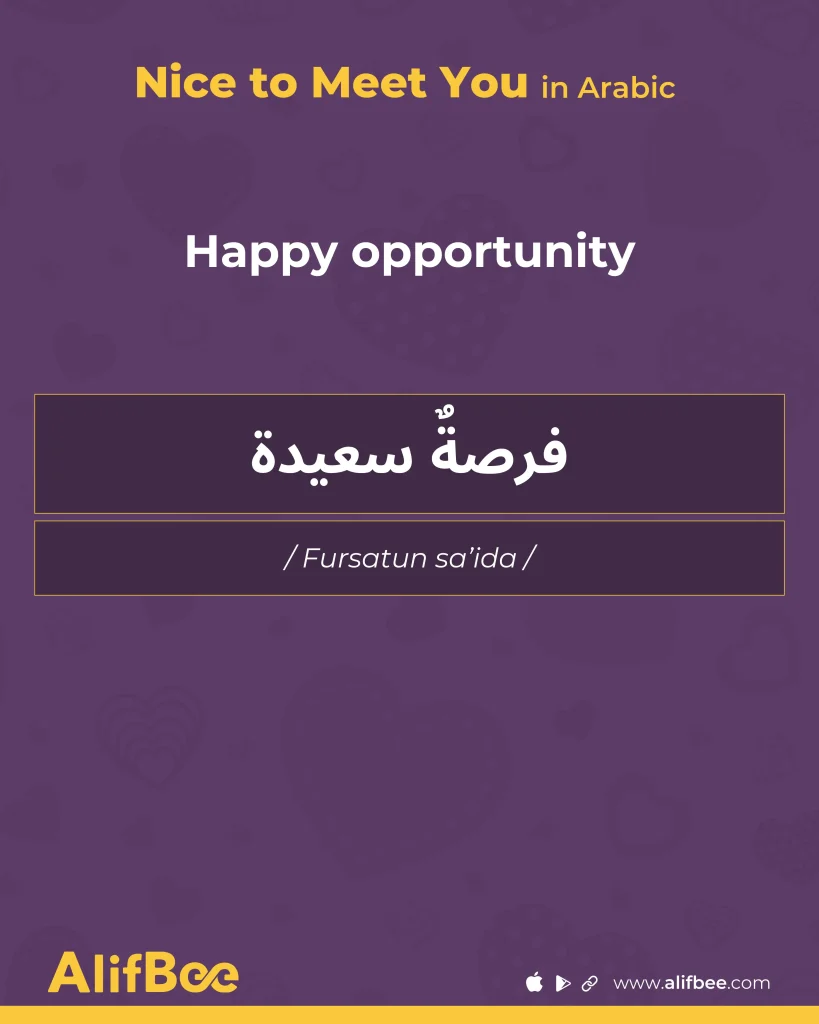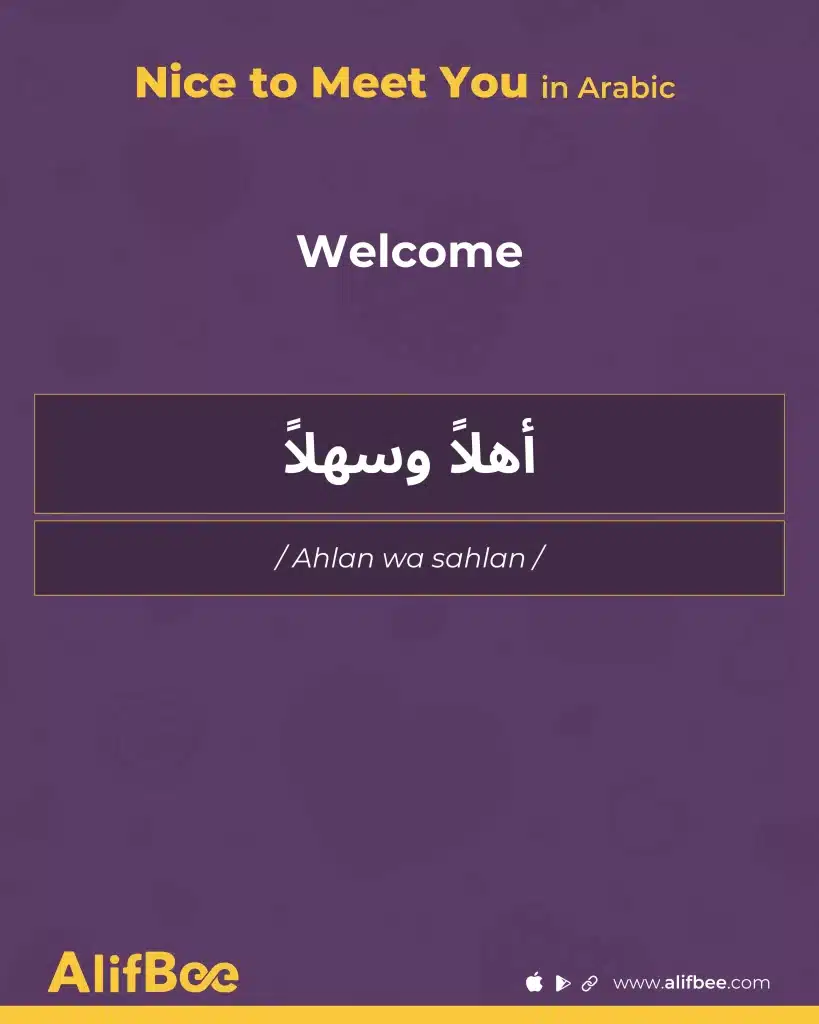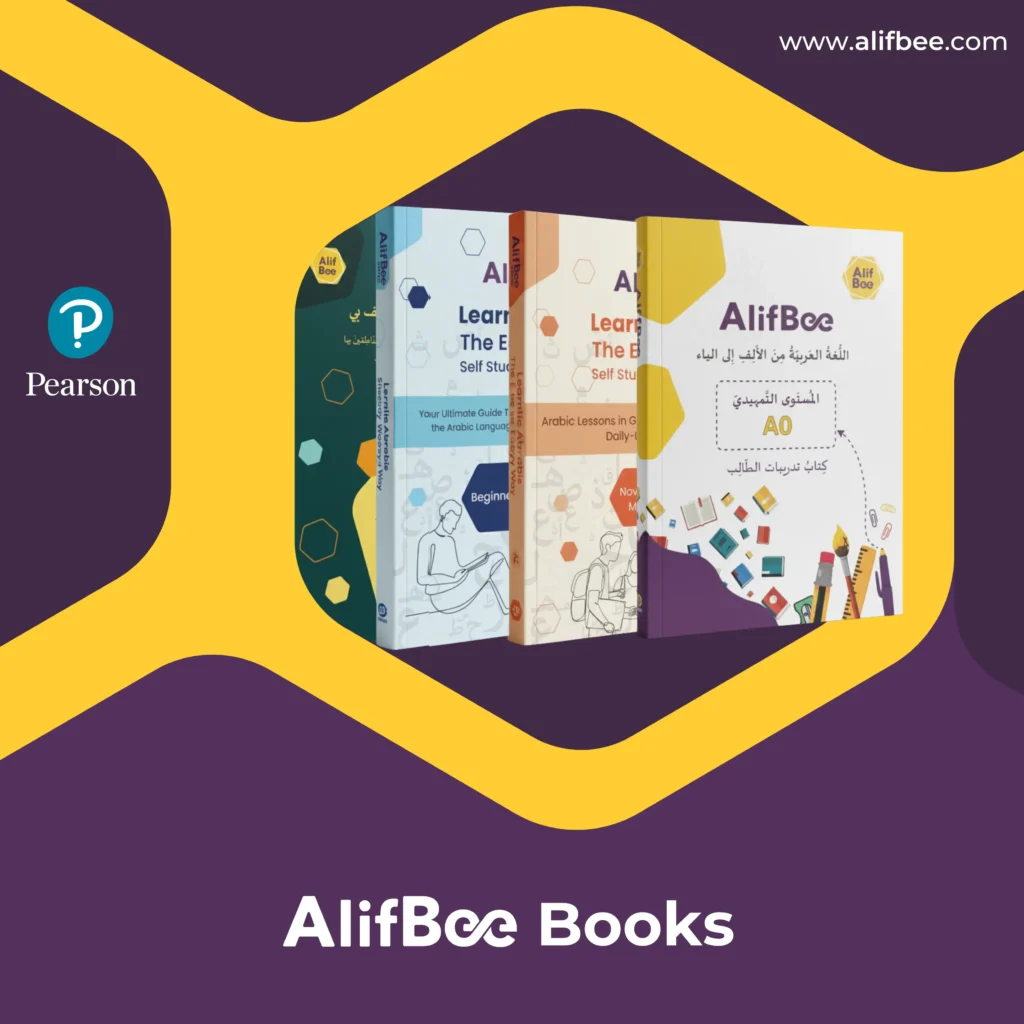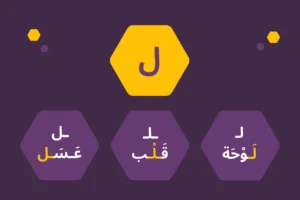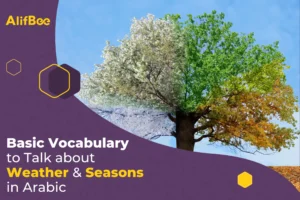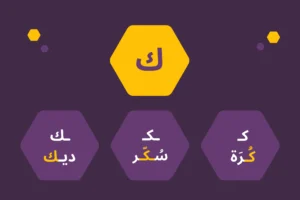When starting to learn Arabic, there are a few essential Arabic phrases that you will undoubtedly need to manage basic everyday chats with Arabic speakers.
Starting with Arabic greetings, which we covered in an earlier article, to having simple small talk in Arabic, and finally saying Goodbye in Arabic, you learn your way to a successful conversation in Arabic.
Today, we will learn another key part of daily Arabic conversations, which usually occurs at the end of a meeting. This phrase helps you show happiness and appreciation for meeting new people and making their acquaintance by saying Nice to Meet You in Arabic.
There are many ways to convey this meaning in Arabic; some are formal and others are colloquial, heard in various Arabic dialects.
We will focus on six ways to say Nice to Meet You in Arabic, with tips on the proper context to use them and examples to help you insert them into your conversations right away.
Ready to leave a good impression with the right Nice to Meet You Phrases in Arabic?
Your Arabic Takeaway
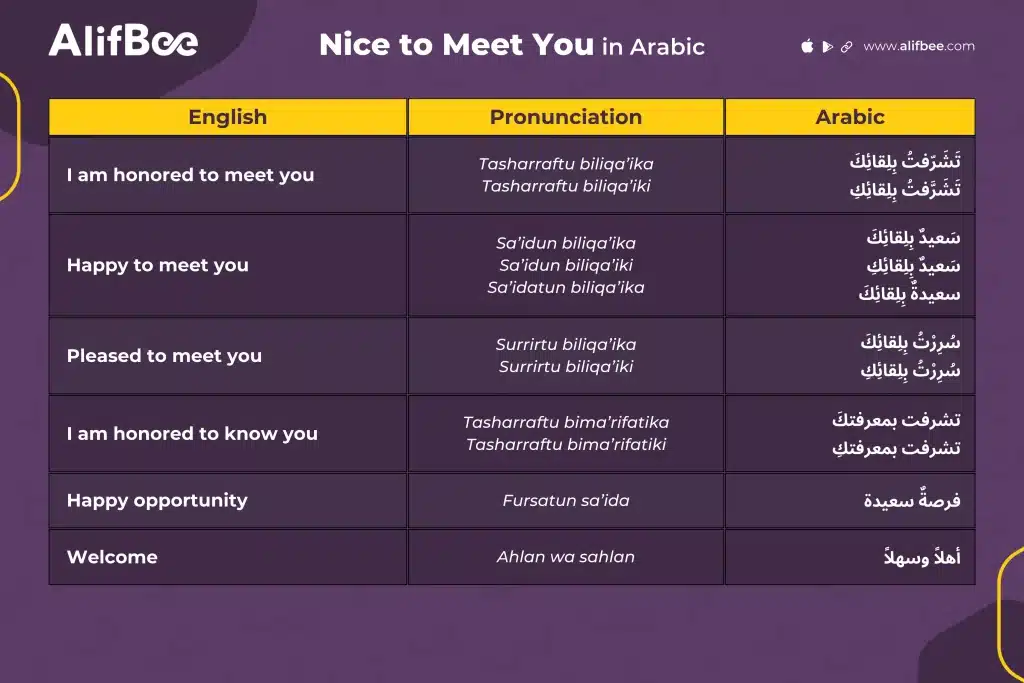
Common Ways to Say Nice to Meet You in Arabic
Using a newly learned language is a challenge in itself. You try to beat the fear of making mistakes or facing a problem with finding the right words.
When making new acquaintances or meeting people for the first time, you face another challenge: you must leave a good impression by remaining calm and overcoming the awkwardness of these initial encounters.
Learning several ways to say Nice to Meet You in Arabic will give you the confidence you need and prepare you to greet people and express gratitude in the right way.
The Arabic language conveys beautiful meanings to express the feelings of making new acquaintances. Friendly expressions are characteristic of Arabic culture, which is renowned for its welcoming and hospitable nature.
Arabic phrases that echo the same meaning in “Nice to Meet You” or “It’s a pleasure to meet you” go further than an equivalent expression of happiness to deeper feelings of “being honored” with phrases like تشرفت بلقائك /Tasharraftu biliqa’ika/ (I am honored to meet you), or “having had a happy opportunity”, like in saying فرصة سعيدة /Fursatun sa’ida/ (this is a happy opportunity).
Let’s dig deeper into these expressions, learn their pronunciation, and understand the proper context in which to use them.
تَشَرَّفْتُ بِلِقائِك
English
Transliteration
Arabic
I am honored to meet you (to a male)
Tasharraftu biliqa’ika
تَشَرّفتُ بِلِقائِكَ
to a female
Tasharraftu biliqa’iki
تَشَرَّفتُ بِلِقائِكِ
This Arabic phrase is usually used in formal settings, like interviews, or formal emails. The verb comes from the root شرف /sharaf/, which means ‘honor’. It reflects a great respect for the new relations made.
Keep in mind that this is the classic MSA version of the phrase, but it commonly changes form slightly in Arabic dialects and you can hear similar expressions like:
- تشرفنا /tsharrafna/ – We are honored (Levantine Arabic & Egyptian Arabic)
- تشرفت فيك /tsharrafat feek/ – I’m honored by you
سَعيدٌ بِلِقائِك
English
Transliteration
Arabic
Happy to meet you (to a male)
Sa’idun biliqa’ika
سَعيدٌ بِلِقائِكَ
to a female
Sa’idun biliqa’iki
سَعيدٌ بِلِقائِكِ
Female speaker
Sa’idatun biliqa’ika
سعيدةٌ بِلِقائِكَ
This phrase is also common in MSA Arabic and uses the Arabic adjective سَعيدٌ /Sa’idun/ or happy. The table shows you how to use it to address a male or a female person.
There is also the female version of the adjective, سعيدةٌ /Sa’idatun/ when the speaker is a female.
It is also very common to add the pronoun أنا /ana/ (first person speaker), before the phrase:
أنا سعيد بلقائك
Just like the first phrase, you can use it in formal settings and emails. But there are equivalent phrases in daily Arabic dialects with exactly the same meaning and feeling:
- انبَسَطت بمَعرِفتك /Inbasaṭt bmaʻriftk/ (Levantine Arabic)
- فرِحت بمَعرِفتك /Friḥt bmaʻriftk/ (Levantine Arabic)
- مَبسوط إِني شوفتك /Mabswṭ iny shwftak/ (Egyptian Arabic)
The first two expressions can be used by either a male or female
سُرِرْتُ بِلِقائِك
English
Transliteration
Arabic
Pleased to meet you (to a male)
Surrirtu biliqa’ika
سُرِرْتُ بِلِقائِكَ
to a female
Surrirtu biliqa’iki
سُرِرْتُ بِلِقائِكِ
This phrase is also formal, and it’s almost identical to the one before it. It simply uses another word for “happy”, which is taken from the Arabic noun سرور /suroor/, which means happiness.
It can be used by either a male or a female speaker with no change to the verb like in expression 2.
تَشَرّفْتُ بِمَعرِفَتَك
English
Transliteration
Arabic
I am honored to know you (to a male)
Tasharraftu bima’rifatika
تشرفت بمعرفتكَ
to a female
Tasharraftu bima’rifatiki
تشرفت بمعرفتكِ
This phrase can be used in formal and informal settings, and it is identical in meaning to expression 1. It uses the same verb تشرفت /Tasharraft/.
Just note that when using it informally, the pronunciation is slightly different: instead of /Tasharraftu bima’rifatik/ with full diacritical marks common in classic Arabic, you say /Tsharraft bma’riftak/ for a male, and /Tsharraft bma’riftik/ , with fewer diacritical marks, or short vowels that accompany letters.
فرصةٌ سعيدة
English
Transliteration
Arabic
Happy opportunity
Fursatun sa’ida
فرصةٌ سعيدة
This expression is used more in informal situations, but it’s not uncommon to see it in formal chats or writings.
It is also commonly heard in Egyptian and Levantine Arabic with an easier pronunciation /fursa sa’ida/, with less stress on full diacritical marks that is common in Fus-ha.
There is no need to change it for male or female people or speakers, so it is really easy to use and remember for all situations.
أهلاً وسهلاً
English
Transliteration
Arabic
Welcome (used as nice to meet you)
Ahlan wa sahlan
أهلاً وسهلاً
Our last phrase that can be used to mean Nice to Meet You in Arabic is very famous. It is used usually to welcome people in Arabic or even to respond to thanks.
It carries a beautiful meaning that translates to: You are now like family (أهل /Ahl/ means family). The word سهلاً Sahlan, indicates a wish for easy communications (سهل /sahl/ means easy).
Actually, this phase is very easy to learn and can be used in both formal and casual settings. Its pronunciation is also not so difficult, with some practice needed for the letter ه /haa’/ , which can be challenging for non Arabic speakers.
A good tip is to mimic the letter ‘h’ in English and make sure to enunciate it.
Final word
We hope you liked our article and found it helpful. Now you know 6 different ways to say Nice to Meet You in Arabic for any situation.
Our tip for you is to use them as early as possible. The confidence you will feel will hopefully encourage you for more attempts in Arabic speaking.
For more Arabic phrases and chances to practice, AlifBee’s is your go-to app.
You can also check other basic Arabic phrases in our earlier articles: How to Say hello in Arabic, how are you in Arabic, and how to say yes in Arabic.
If this is your first AlifBee article, we want to tell you Ahlan wa sahlan!
And for all our good learners, see you soon with more Arabic words and phrases!

